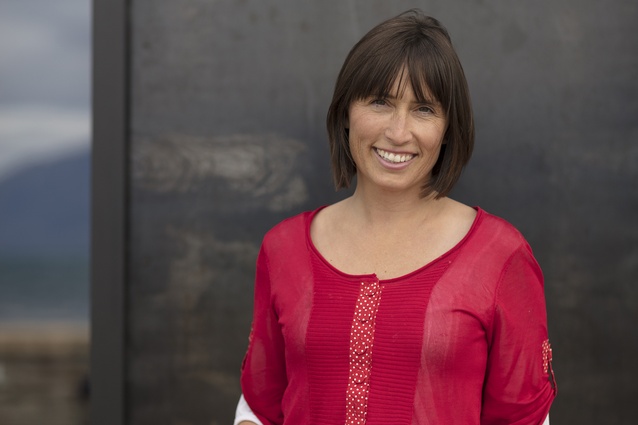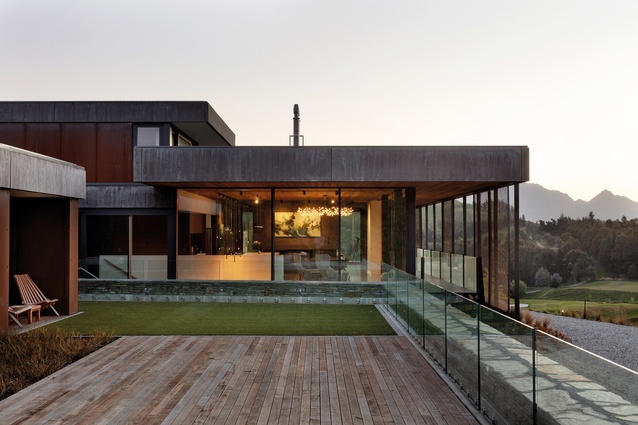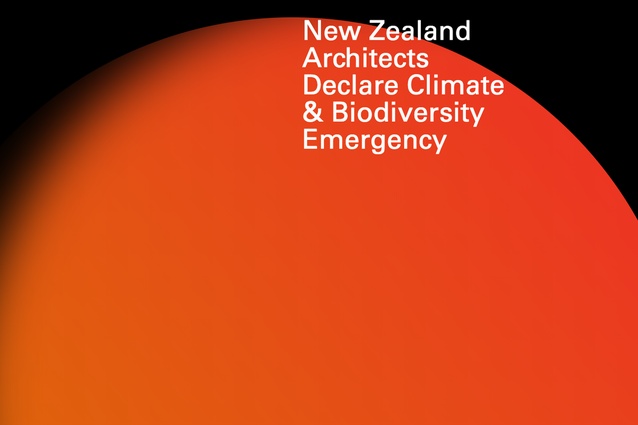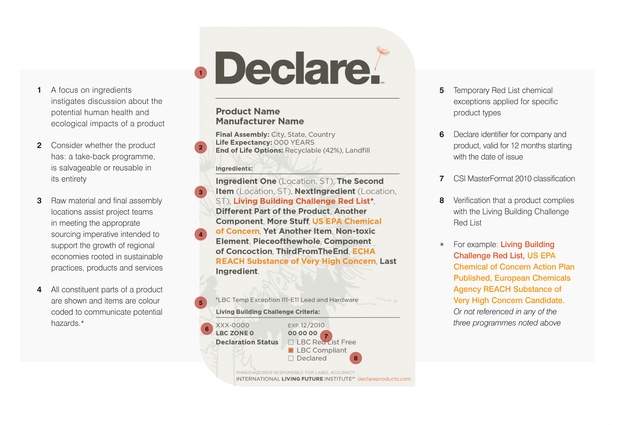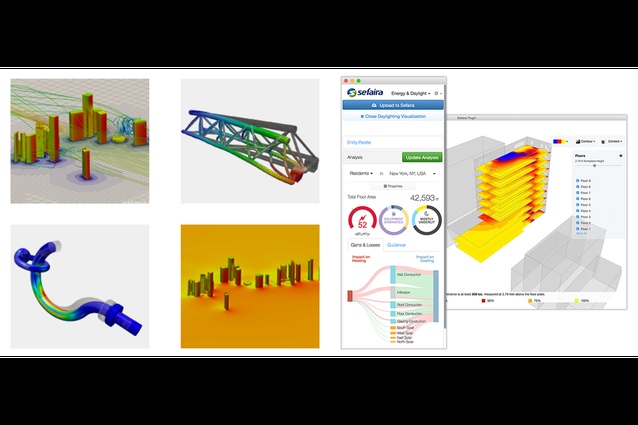Beyond declarations: Siân Taylor
Siân Taylor is one half of the directors at Queenstown-based Team Green Architects and one half of the founding architects behind the recent Architects Declare movement in New Zealand. The South Island firm she runs with her husband, Mark Read, specialises in creating energy efficient homes with sustainability at their core. Encouraging architects to come together and declare a climate emergency and acknowledge the part that the built environment is playing in it through Architects Declare was just the beginning for Siân and cofounder Duncan Sinclair of Black Pine Architects. Here, she tells us about four steps architects can take to move beyond declaration into action.
Sustainability has always been a conviction for architect Siân Taylor. Before founding Team Green Architects, she was serving as a sustainability specialist for Warren and Mahoney’s Queenstown office. Last year, this conviction led her to start up New Zealand’s Architects Declare movement along with Wanganui architect Duncan Sinclair. Architects Declare began in the UK as an open letter, which declares a state of emergency on climate change and biodiversity and the role that the built environment industries play in that crisis. Following the UK’s call to arms, 17 additional countries have now made their own declarations.
In August 2019, Siân says, “a couple of the graduates that work with us brought [the UK declaration] to my attention, so it was sort of on my radar. And we talked in the office about if we should do something. To be honest, I was nervous that it would be another bandwagon-type thing where people jump on, but how much meaning would it have?”
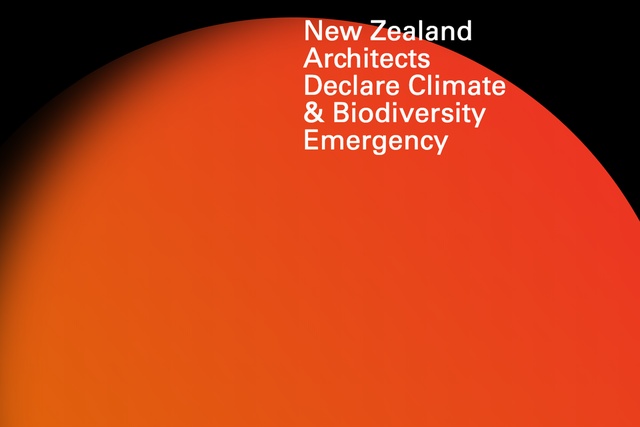
Siân attended the Oceania Biophilia Summit in Glenorchy last year and was speaking to one of the representatives from the Living Future Institute of Australia who said, “You’ve just got to do it. You’ve got to get it going,” Siân reports. It was then she contacted the organisers behind the UK Architects Declare movement and found out that Duncan Sinclair of Black Pine Architects had been thinking the same thing as her. “I could tell Duncan was going to do what he needed to do. And I said, I’ll do the same.”
“It took quite a lot of work to talk to people and help them understand what it was and get the founding signatories together.” The New Zealand Architects Declare movement was officially launched, stating that the building industry accounts for nearly 40 per cent of energy related CO2, during last year’s Festival of Architecture in September. There were 28 founding signatories, including all 10 living NZIA gold medal recipients. Today, the letter has 102 signatures from firms across the country.
Commentary from the Architects’ Journal to The Guardian lauded the movement in the UK but asked, just as Siân asked before launching New Zealand’s own declaration, what does it mean now? Similarly, Kiwis are also asking where we go from here. How do we move beyond declaring and into action?
“We had a meeting in Auckland where I gave a talk about converting the declaration into action, and I was really pleasantly surprised. A lot of the signatories were keen to know what they could do, what’s next and how they could help get some momentum behind it.”
In response to questions like these, Siân and Ducan created four guidelines that all architects can follow to act as a starting point for moving beyond declaring a crisis into actually mitigating the effects of climate change. “If you look at the declaration,” Siân says, “you need to break that down into real practical steps we can do today.”
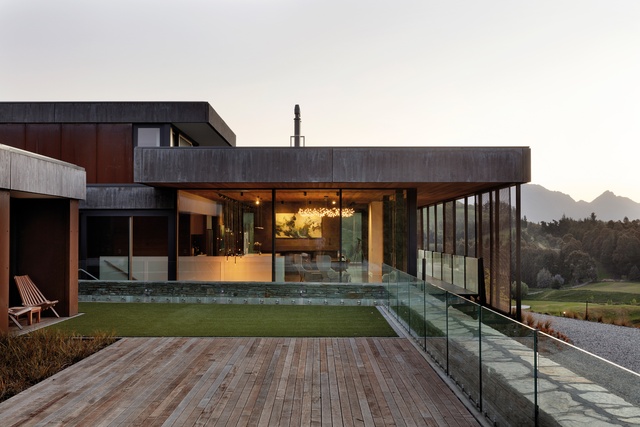
The first, and perhaps easiest step, is windows, according to Siân. “The New Zealand-style aluminium window frame is such a big source of the need to either cool our buildings or heat our buildings. It’s the biggest source of heat loss in our buildings. It’s one small thing, but as soon as you change it to a thermally broken frame, the whole equation of the building changes. And, it’s something that we wouldn’t get away with in another country.”
She points to industry players – builders, architects and others – being uninformed or misinformed about not just window performance, but many of the areas around building sustainably. The New Zealand Architects Declare movement has tried to equip signatories with well-researched resources like the New Zealand Green Building Council’s (NZGBC) Net Zero Carbon Road Map and Up-Spec from BRANZ, to combat this.
“The first thing is to give all the architects who’ve signed up the knowledge, and then hopefully that influences a shift in the industry,” Siân says, recognising the role that government regulation will increasingly need to play. “We know that it has to come from both sides. We can influence something from the bottom up, but obviously regulations need to change.”
But, architecture is still a game of give and take when it comes to client wants and needs. How can the industry work towards sustainability when clients still call for concrete houses and slash budgets down to the bone? “There is a commercial reality. But, it is just like anything else. It is just like there are discussions about how the meat industry is changing. It’s impossible to change overnight, but that doesn’t mean we can’t start looking at alternatives. I think the first step is awareness. And then, we’ve got to recognise as architects when it’s our own ego driving something, as opposed to when it’s a requirement of the architecture or the client.”
Team Green has obviously made a name for themselves in environmentally-friendly design, and Siân recognises that not all architects will attract the same type of clients. “Another thing that we’ve put on the list starting points for everyone is energy modelling.” Energy modelling software – like EcoDesigner for ArchiCAD, SketchUp’s Sefaira or the Passive House Planning Package (PHPP) – can be used to run cost/benefit analyses on swapping out products and systems that are more energy-efficient.
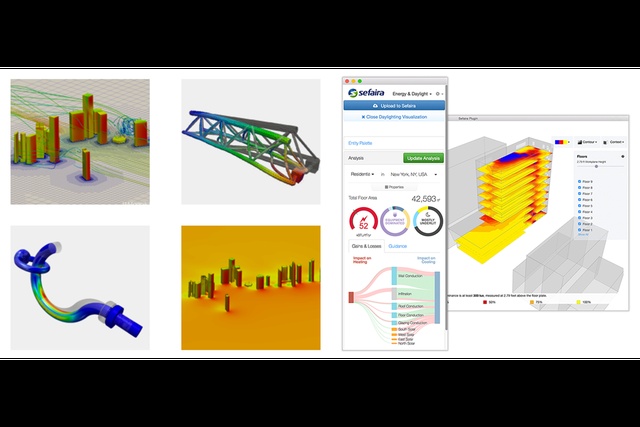
“Windows, for example, are always the most expensive, so it’s often the biggest discussion we have with clients. But, we are able to say if you swap out this for this, you no longer need an in-built heating system. That’s immediately between 30 and 100 grand, depending on the size, in saving, which can then go into better walls, roof, et cetera, and there’s no change in the budget. It goes from being an emotional decision to a logic-based one.”
As another example, through energy modelling, Siân has learned that, in certain cases using structurally insulated panels (SIPs) for a home doesn’t change the thermal equation much. Saving money on that product and spending it on better windows, for instance, will equate to a better thermal outcome and a more comfortable home for the same budget. “SIPs are a great product because when you install them, immediately airtightness goes up and you’ve got insulation, but it doesn’t actually make much difference if you’ve got a north-facing house with lots of glazing. If I hadn’t done energy modelling, I wouldn’t have known that. We use energy software to work out what will make the biggest difference.”
As architects learn more about which solutions will create the most energy-efficient design for each individual design with energy modelling, Siân highlights, “you gain the confidence to say to your clients with certainty that they don’t need to spend money on a heating system, and they can spend it elsewhere.”
The third guideline is to avoid toxic materials. To help with this, the Living Future Institute has created the Declare label, which is touted as a “nutrition label for products” and highlights products that are free of toxic materials. Along with promoting thermally broken window joinery, Siân says switching to non-toxic materials is “low-hanging fruit” – things that can be done without having to change the architecture of a building at all.
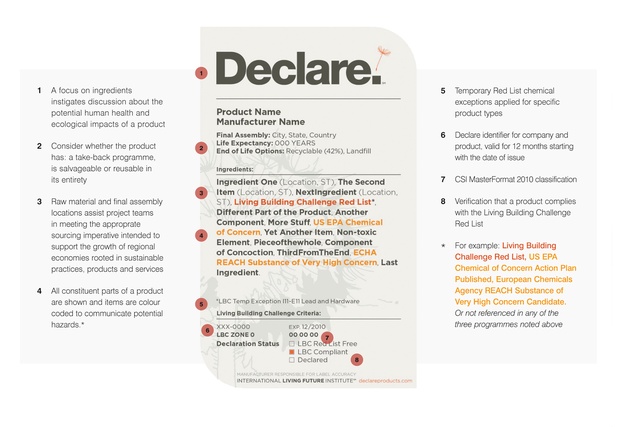
“Fourth is what BRANZ and the NZGBC have just developed called LCA Quick, which does life cycle cost analysis of our buildings based on a New Zealand context,” Siân tells us. It helps architects better understand the effects of their buildings on the environment over the long term.
When asked what she thinks is the biggest barrier for architects in New Zealand when trying to embrace sustainability, Siân says, “My gut feeling is that lack of knowledge is the number one thing. With that, the fear comes in around cost. Because the knowledge isn’t there yet, the immediate thought is: that’s going to cost me more money. That is why we’ve promoted these systems as our starting points.”
As the conversation about the architect’s role in the climate crisis continues around the globe, Siân notes, “The big thing I’ve learned is that there are less rules of thumb than I thought, which is why I think it’s really important to consider every single building and to share our knowledge. But, I’ve seen a massive shift from when I first arrived in New Zealand 14 years ago, so I am really positive.”

